This guide describes some of the most exciting edge computing use cases by industry and provides additional resources to help companies get started.
Key takeaways
| Industry | Use Cases | Benefits |
| Healthcare |
|
|
| Retail |
|
|
| Telecom |
|
|
| Banking |
|
|
Edge computing use cases by industry
Edge computing use cases in healthcare
The healthcare industry uses edge computing with IoT devices in emergency medical services (EMS) vehicles, hospitals and clinics, and patients’ homes.
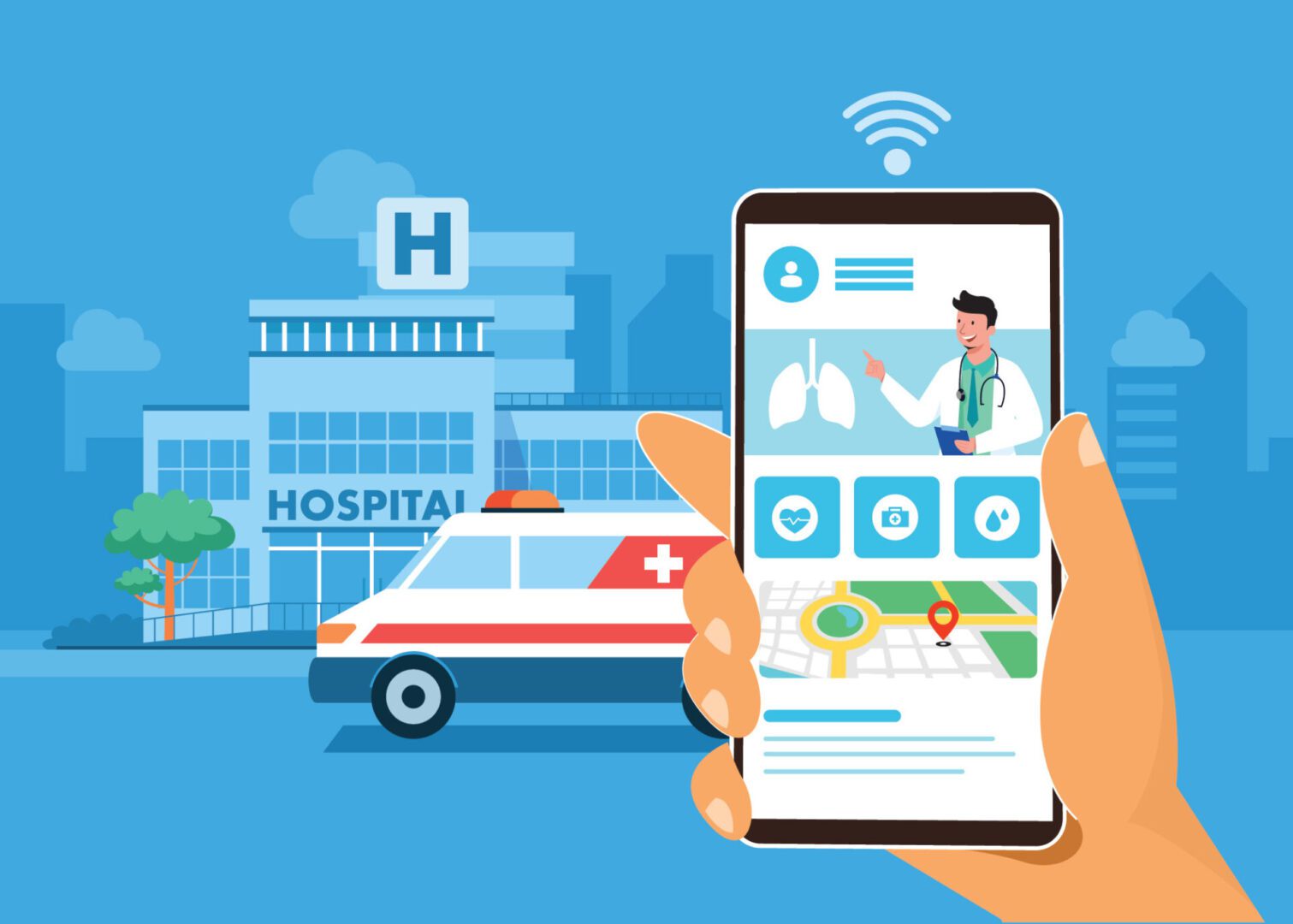
Example use cases include:
- Real-time health analysis for EMS. Edge computing applications can analyze data from mobile health monitors in real-time and access patient medical records to help medics prevent allergic reactions, harmful medication interactions, and other adverse events while administering emergency treatment.
- Prepping emergency room staff. Edge computing devices using 5G/4G cellular can livestream patient data from ambulances to the receiving hospital, allowing ER staff to make the necessary arrangements and begin immediate treatment when the patient arrives.
- AI-powered diagnostics. Edge computing enables the use of AI-powered tools to analyze imaging scans and other diagnostic results without latency or delays, even in regions with limited Internet infrastructure. For example, a recent study from the University of California Santa Cruz demonstrated how an AI deep learning application running on an edge computing device could diagnose diseases with 99.8% accuracy.
- Emergency medical alerts. Edge computing software running on an in-home or implanted medical device can analyze data including body temperature and pulse rates in real-time, spotting early warning signs of issues and alerting patients, caregivers, and medical staff before serious complications arise.
- Continuous health monitoring. An edge-native application running on a system-on-chip (SoC) in a wearable device can analyze patient data over time and make intelligent, specific health recommendations, improving overall wellness and reducing the need for medical interventions.
The benefits of edge computing for healthcare include improved patient care in remote settings with a lack of high-speed Internet infrastructure, the ability to process and analyze patient health data faster for earlier interventions, increased efficiency in understaffed areas like diagnostics and communications, and security and compliance risk mitigation.
| To learn more, read Edge Computing Use Cases in Healthcare |
Edge computing use cases in retail
The retail industry uses edge computing in stores and warehouses to reduce costs and improve efficiency. For example, Amazon recently demonstrated an improved version of its “Just Walk Out” technology that uses AI software deployed on edge computing devices to provide a contactless shopping experience in stores.
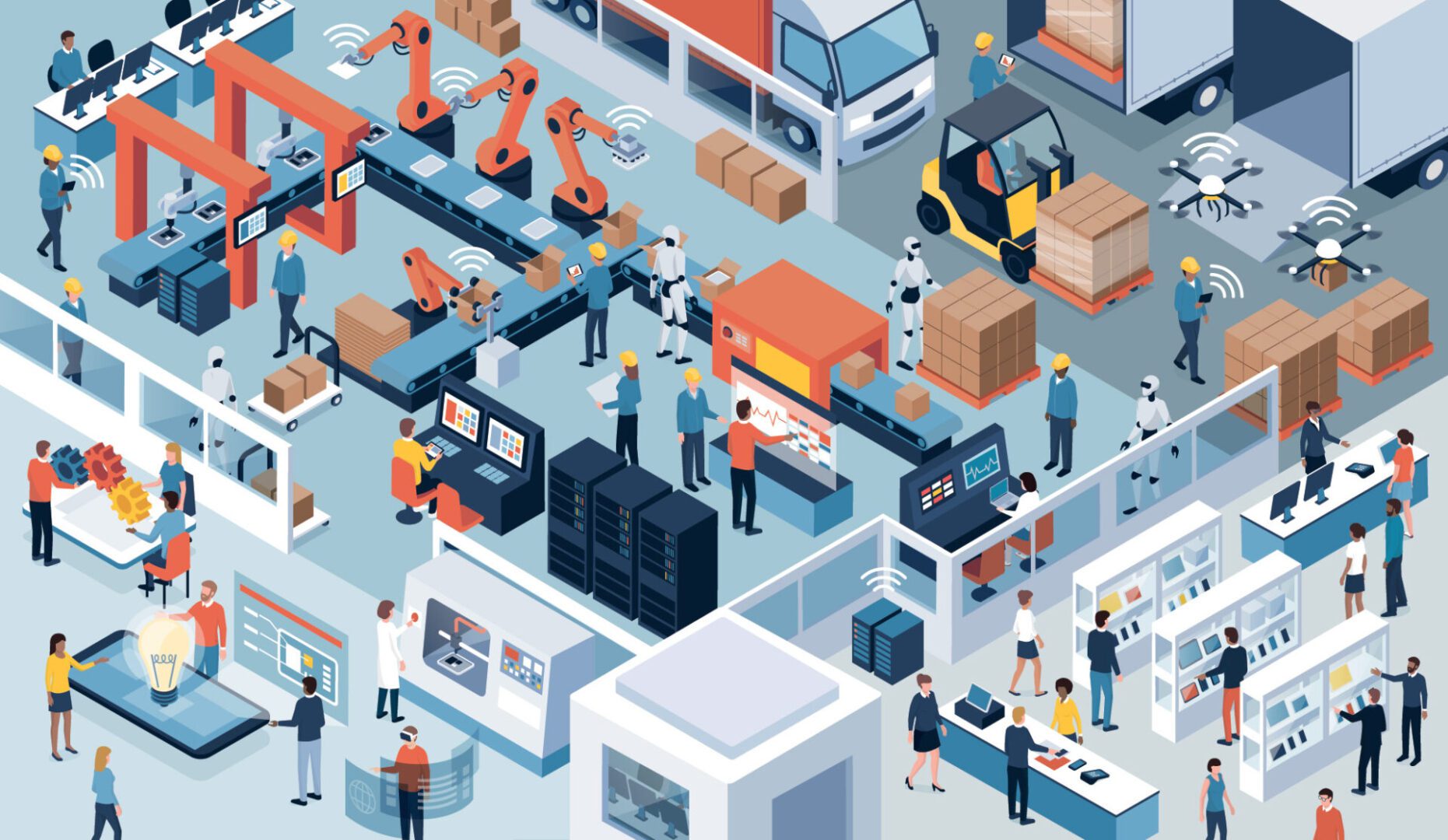
Other retail use cases include:
- Security video analysis. Loss prevention teams use AI-powered video surveillance applications at the edge to detect suspicious activity with greater vigilance, accuracy, and speed. They can potentially catch shoplifters in the act and prevent inventory shrinkage.
- Localized customer insights. In-store edge computing applications can provide real-time, actionable insights into customer behavior and purchasing activity, allowing retailers to respond to changing demand or provide assistance before losing a sale.
- Enhanced inventory management. Edge computing software can improve inventory efficiency by analyzing purchasing patterns and real-time stocking updates to recommend what and how much to order, reducing carrying costs for unsold merchandise while preventing out-of-stocks.
- Automated building management. Edge data analytics software helps retail organizations control and optimize automated building management technology like IoT HVAC, lighting, doors, power, and security. These systems can respond to changing conditions in real-time to ensure customer comfort, for example, by lowering the A/C temperature or routing more power to refrigerated cases during a heatwave.
- Warehouse automation. Retail organizations use edge computing applications to monitor, control, and maintain automated storage and retrieval systems, robotic pickers and transporters, automated sortation systems, and other warehouse automation technologies.
The benefits of edge computing for retail include reduced network and application latency, real-time business insights, improved network resilience, and cyber risk mitigation.
|
To learn more, read |
Edge computing use cases in telecom
The telecommunications industry uses edge computing to improve service delivery, operational efficiency, and resilience.
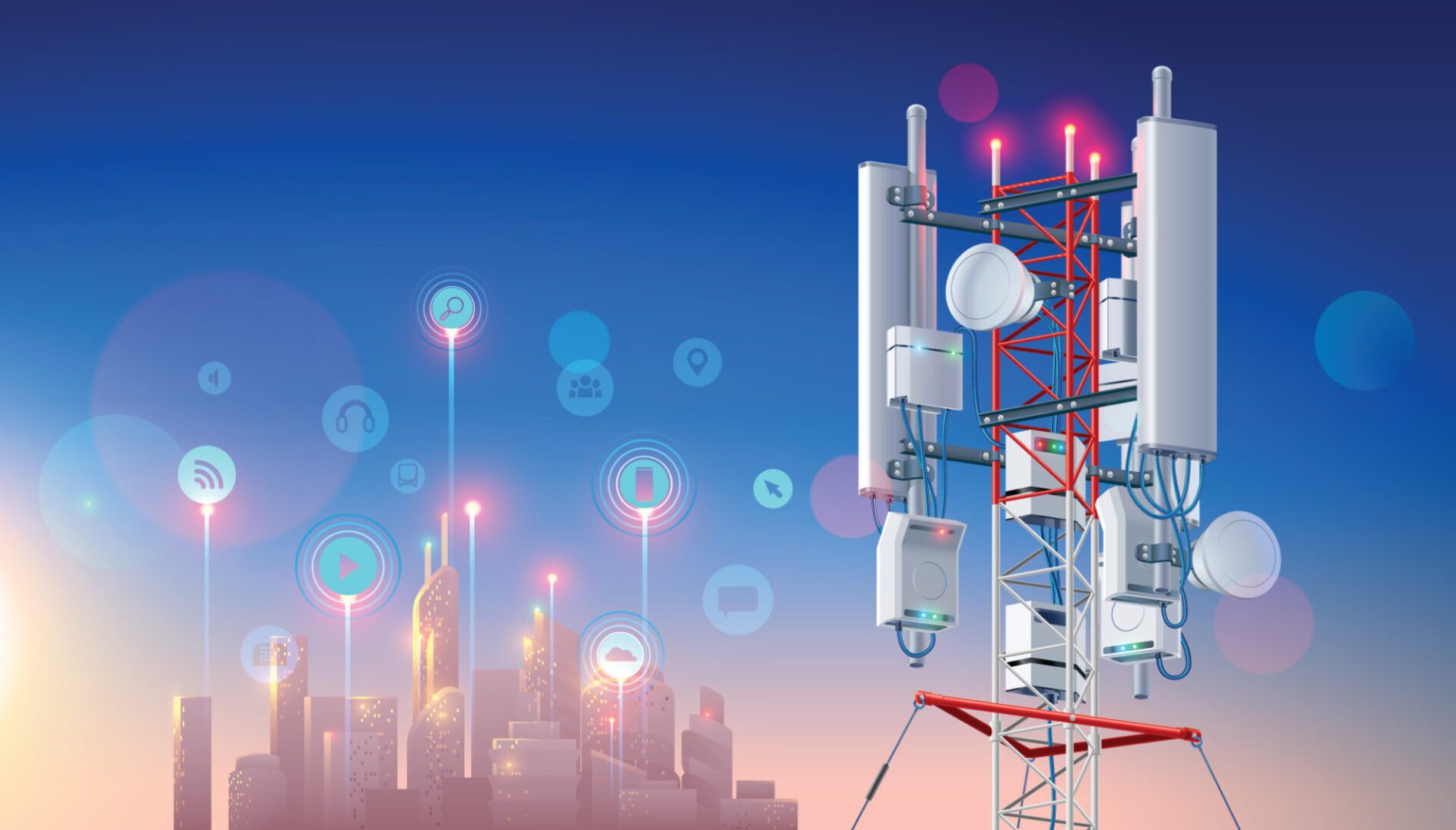
Some potential applications include:
- Real-time customer experience analytics. Telecom providers use edge computing applications to analyze valuable customer experience data, such as network speed, uptime count, and number of support contacts, in real-time, allowing them to identify and correct issues before they affect future interactions.
- AIOps infrastructure management. Deploying AIOps solutions on edge computing devices provides telecom companies with automated incident detection, root-cause analysis, and response at the speed required to maintain service-level agreements.
- Continuous environmental monitoring. Edge computing applications can monitor and analyze environmental conditions in cell site shelters and other telecom deployment sites in real-time, allowing teams to respond to major fluctuations before they damage critical equipment or cause expensive service failures.
- Network virtualization and consolidation. Running virtualized network functions and other services on vendor-neutral edge computing devices helps telecom providers reduce management complexity, improve operational efficiency, and cut costs.
The benefits of edge computing in telecom include real-time network insights, reduced network latency, lowered CAPEX and OPEX, and improved resilience with accelerated recovery times.
|
To learn more, read |
Edge computing use cases in banking
The telecommunications industry uses edge computing to improve service delivery, operational efficiency, and resilience.
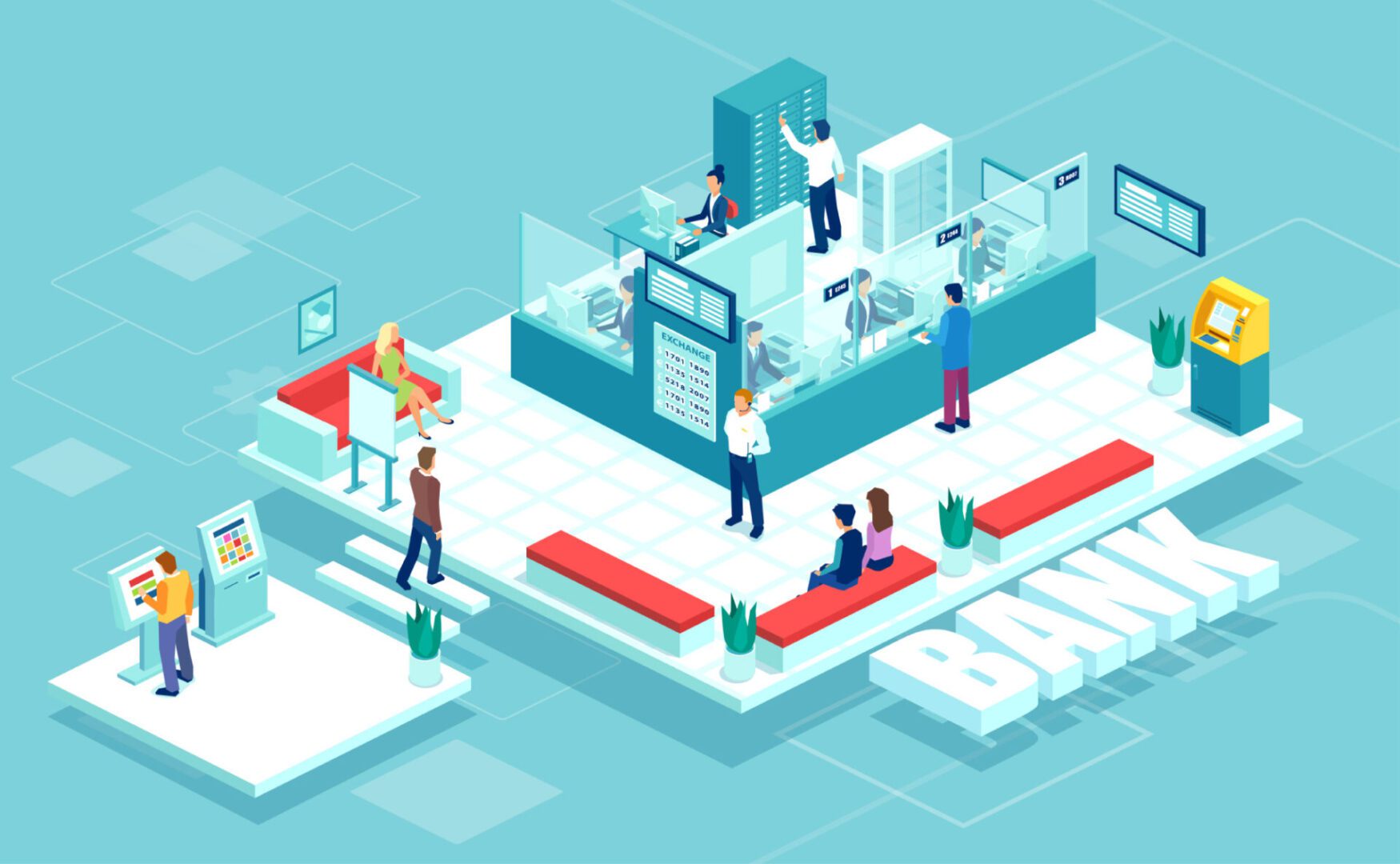
The banking industry uses edge computing to improve branch security, reduce risk, and improve the customer experience. Example use cases include:
- AI-powered video surveillance. As with retail, the banking industry can use AI-powered surveillance systems at the edge to analyze live video feeds and alert on-site security personnel about potential crimes in progress. Some solutions also provide facial recognition capabilities to help detect and prevent fraud.
- Branch customer insights. Data analytics software at the edge can provide insights into customer behavior and branch productivity in real-time, allowing banks to staff additional window tellers to reduce wait times during a rush or move more managers to the floor when potential issues arise.
- On-site transaction processing. Edge computing allows financial institutions to process more personal and transaction data on-site, reducing the compliance challenges and cybersecurity risks associated with moving this data to the cloud or data center for processing and analysis.
- Cybersecurity monitoring and analysis. The banking industry uses AI-powered security monitoring solutions at the edge to analyze network traffic in real-time, providing enhanced threat detection as well as post-incident forensics to aid in compliance reporting.
The benefits of edge computing in banking include increased operational efficiency, improved customer satisfaction, security and compliance risk mitigation, and improved speed and performance.
|
To learn more, read |
Streamlining edge computing across industries
Many edge computing vendors offer solutions designed around a single use case or workload that don’t easily integrate with each other, creating a fragmented architecture that’s difficult to efficiently manage or secure. According to Gartner, deploying edge computing without a clear strategy prevents companies from achieving the agility and scalability required to meet their digital transformation goals. The best way to avoid these issues is with a vendor-neutral edge management and orchestration (EMO) platform that unifies edge computing solutions and provides a holistic, 360-degree view of edge infrastructure and operations.
For example, the Nodegrid solution from ZPE Systems provides a vendor-neutral platform for companies to host, integrate, and orchestrate edge computing across the entire distributed architecture. The open, Linux-based Nodegrid OS supports VMs and containers for third-party applications, bringing together edge applications and services for greater management efficiency and reduced hardware costs. Plus, the Nodegrid Gate SR is available with an Nvidia Jetson Nano card capable of running AI workloads alongside non-AI data analytics for ultimate efficiency.
Learn more about edge computing for your use case
The flexible, vendor-neutral Nodegrid platform adapts to any use case or industry. Click here to view Nodegrid edge computing use cases by industry, or schedule a demo to see Nodegrid in action.
